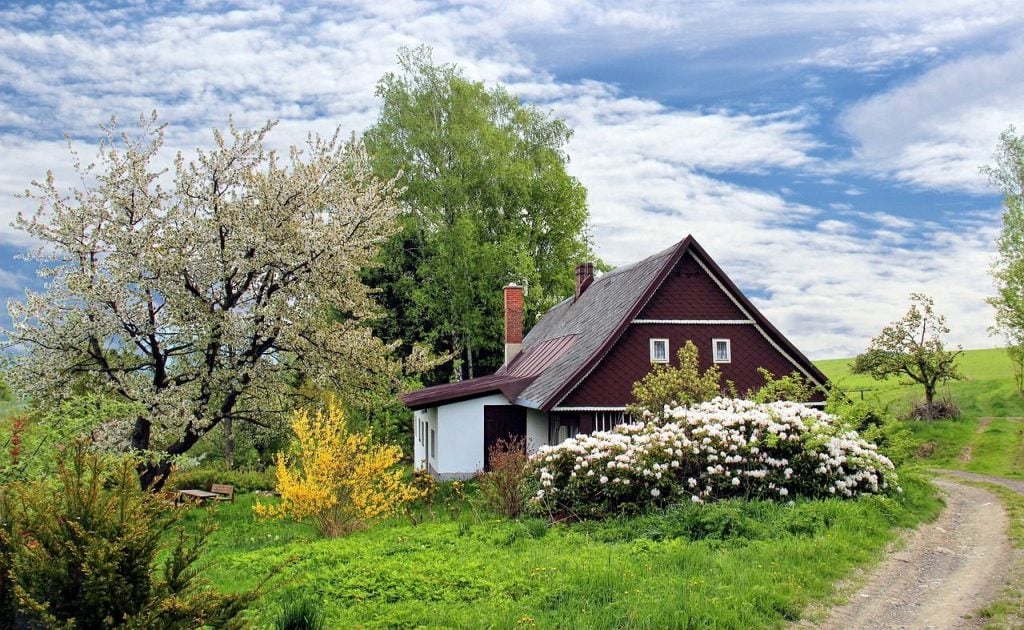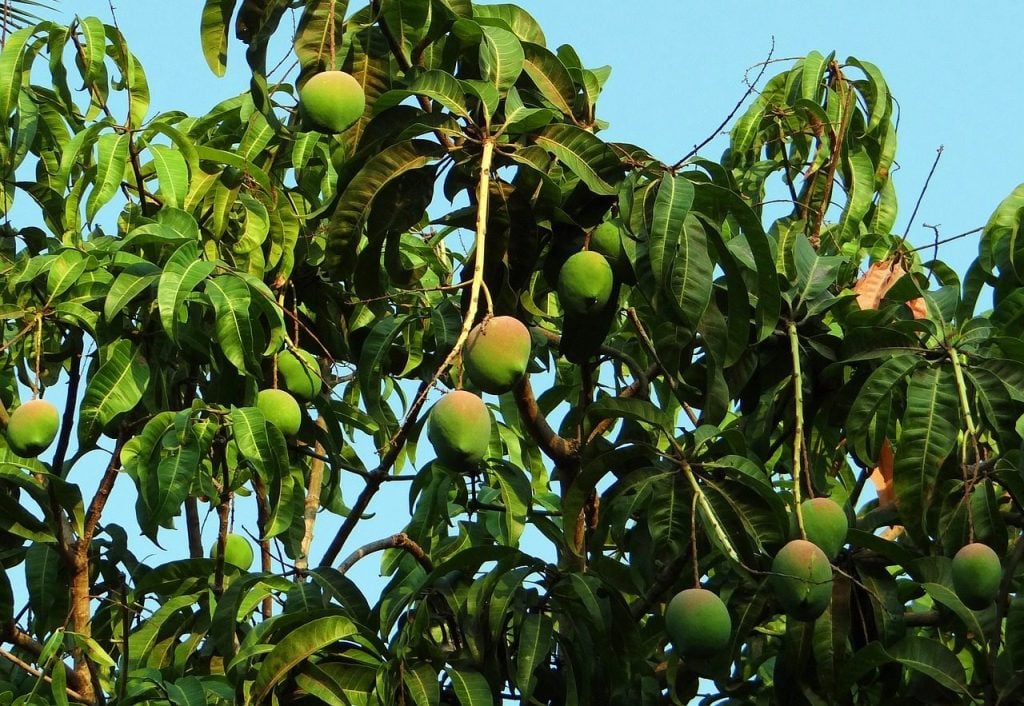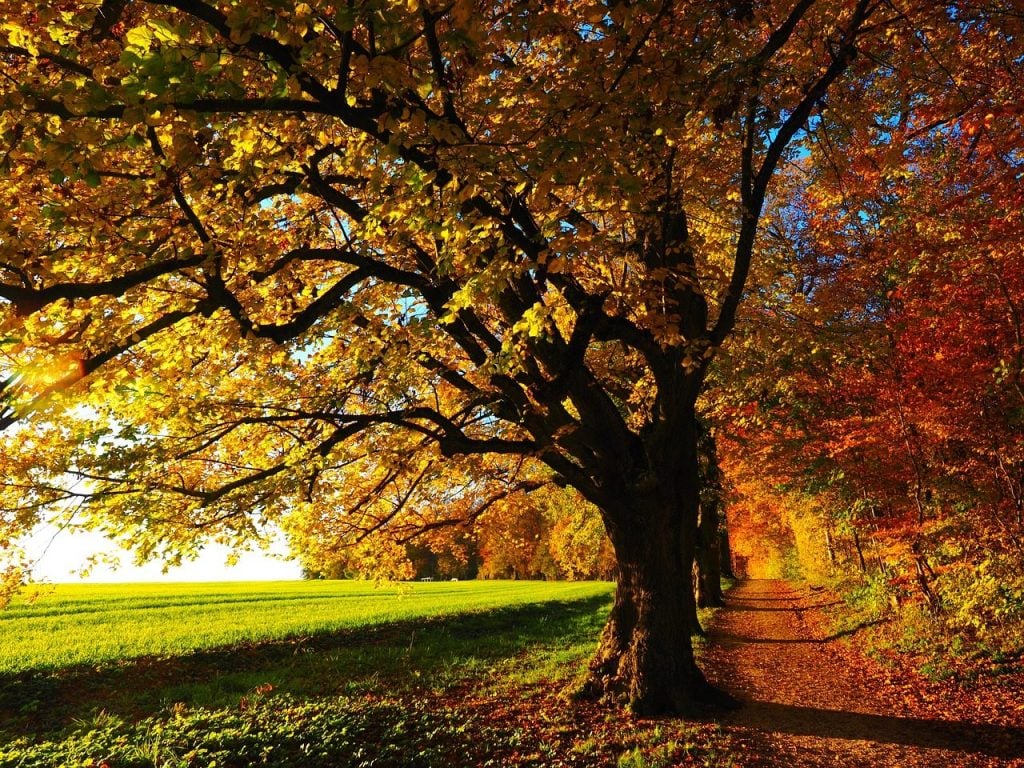BLOGS
10 Native Trees Landscape Designers Love
“Did you know that trees can make a house look better?”
You’ve entered an exciting journey to discover the real riches of the natural world.
When it comes to landscaping, native trees are held in the highest regard. These incredible plant creations do more than just look nice; they also help maintain ecological harmony.
Whether it’s their towering stature, lush greenery, or fragrant flowers and hardy nature, each tree is unique. As we move through this intriguing list, you’ll see why native trees are better for landscaping. In addition to helping local species, cleaning the air, and creating a sense of community, these trees are ideally suited to their environment.
Why Use Native Trees for Landscaping?
Trees enhance the aesthetics, functionality, and ecological sustainability of any home setting. Many positive outcomes are associated with planting trees in your backyard, regardless of whether you like deciduous trees with spectacular seasonal foliage or sturdy evergreen trees that give shade all year round.

-
SUN PROTECTION FOR EXTERIOR PARTIES
A tree’s shade is like having an extra room in your backyard. Shade from trees does more than only make the outdoors more bearable during the summer; it may also help save money on irrigation by lowering evaporation rates in the plants and soil around them.
Even a tiny yard may be made into an inviting oasis with the addition of a well-placed shade tree. Look for trees that aren’t known to have vigorous roots to avoid foundation damage when planting in a narrow planting space or a tiny backyard. Smaller trees without severe root systems, such as the eastern redbud (Cercis canadensis) or the Japanese maple (Acer palmatum), are perfect for a patio or a small yard.
-
DECREASED ENERGY EXPENSES
It is possible to significantly minimize the solar gain your home receives during the warmer months by planting trees along the sunniest sides of your property. Through a process called evapotranspiration, trees release moisture into the air, thereby cooling the environment.
A windbreak created by a tree canopy is very useful in colder climes. In regions where summers are hot but winters are cold, deciduous trees thrive because they shed their leaves in the winter, letting the sun’s warmth penetrate deeper into the home.
-
HEALTHY FRUIT OPTIONS
Advocates of locally sourced foods will tell you there’s nothing better than picking a ripe piece of fruit and eating it right there. Planting a tree that yields crops is a great way to bring the farm to your own backyard.
Besides their delicious fruit, citrus trees are prized for their beautiful foliage, making them a common addition to residential gardens.
-
STUNNING COLORS
If you’re a homeowner trying to inject color into your yard, you can first consider planting annual flowers instead of a tree. In the fall, several tree species display brilliant leaves in orange, red, and yellow hues.
In the fall, sugar maples (Acer saccharum) and American sweetgums (Liquidambar styraciflua) put on a beautiful show before they shed their leaves for the winter. Crape myrtle trees (Lagerstroemia indica) produce large, showy plumes of white, red, pink, and purple flowers in the summer and autumn, and Hong Kong orchid trees (Bauhinia x blakeana) bloom with fragrant fuchsia flowers from the fall to the middle of spring.
-
AN INCREASE IN PROPERTY WORTH
Trees have monetary benefits, including lowering heating and cooling costs and raising property values. Many studies have demonstrated that a well-established tree canopy can boost a property’s value by as much as 15%. Potential buyers like the shade, increased air quality, and unique aesthetic that mature trees add to a home.

And if you want to experience a home with nature and in nature, check out Forresta Villar Land. It is a community that values and protects its natural resources, with beautiful retreat areas filled with the fresh aroma of pine needles. The private open areas here are state-of-the-art, and the surrounding terrain has been carefully designed to deliver the most refreshing and all-encompassing modern nature living experience possible.
This newly developed neighborhood boasts a wide range of amenities, including a thoughtfully designed layout that prioritizes walkability and pedestrian-friendly infrastructure, a picturesque picnic garden perfect for leisurely gatherings, and a refreshing jogging/biking trail that winds through lush parks and open spaces.
Native Trees That Will Give Your Home a Filipino Touch
To a Filipino, a home without plants is incomplete. Planting shrubs and trees around your home does more than just brighten up the exterior; they also offer character and personality. Plants in the house add texture and bring the inhabitants closer to nature. Some people think that the plants in their homes exude a special kind of energy that makes them feel more like a home.
Flowering shrubs and decorative grass are suitable for tiny homes with limited front and rear yards, but gardening is still possible. But if you have a sizable empty plot just waiting to be landscaped, including trees in your plans is a smart move that will give your garden the boost it needs. Prepare your green thumbs by learning about these trees native to the Philippines. They grow so quickly that some are known as “fast trees” in the Philippines. A native tree is so beautiful that some even prefer them to cherry blossoms!
So, just like we love things that are made close to home, we should first love the trees and plants that grow naturally in our own area. Here is a list of Philippine native trees we should consider putting in our landscape design.
-
Bani (Scientific Name: Milletia pinnata; syn. Pongamia pinnata)
The beautiful Bani tree is a legume tree that reaches about 15 to 25 meters tall. It was named after a town in Pangasinan. It has a large canopy of branches and leaves that spread out wide. This makes it a great addition to fields with lots of green plants. This bright green tree grows in southern and eastern Asia, Australia, and the United States. It has also been grown in Africa and the United States.
Due to their big canopies and pretty, fragrant flowers, bani trees are often used to block the wind or provide shade. The small groups of white, purple, and pink flowers on this native tree are often used as compost for plants that need a lot of nutrients. Bani is known for making wood with beautiful grain, but it is also known to break easily when cut, which makes it better for making fires, posts, and tool handles. Bani trees also make Pongamia oil, which has been used for thousands of years as lamp oil, in soap making, and as a lubricant.
-
Narra (Scientific Name: Pterocarpus indicus)
The native Narra tree, the country’s official national tree, grows naturally in low and medium-elevation forests around the country.
Narra’s wood is commonly utilized in the furniture-making sector due to its high quality, which is largely its resistance to termites. During the months of February through May, Narra trees bloom with fragrant yellow or golden-orange flowers. Honey can be gathered from Narra flowers as well.
-
Katmon (Scientific Name: Dillenia philippinensis)
Katmon is native to the Philippines and can be found throughout the islands in both main and secondary forests at low to medium elevations. Filipino gardeners love this evergreen tree, which may reach heights of 10-15 meters. This natural tree is also frequently planted in city parks. Large, white flowers with reddish pistils and stamens occur on this plant, and the fruit it produces is called an elephant apple. The Philippine twenty-five centavo coin, introduced in 2018 as part of the New Generation Currency Coin Series, features an image of this native tree on the reverse.

Katmon has edible fruit. Its acid is extracted and used in a traditional cough remedy, including sugar. Elephant apple is frequently used to provide a sour green apple-like flavor to fish, as well as in the preparation of sauces and jellies.
This evergreen tree also yields wood that can be used to make fine furniture. Its wood, when quartered, looks similar to the lovely silver grain of quartered oak, which is commonly used for cabinetry and furniture.
-
Banaba (Scientific Name: Lagerstroemia speciosa)
Banaba trees often called the Pride of India, are found naturally in subtropical and tropical regions of southern Asia. The attractive lavender flowers of this plant have led to its widespread cultivation as an ornamental in tropical and subtropical regions. However, the Japanese, Taiwanese, and Filipinos all use its leaves and other parts in tea. The Banaba’s flowers are six-petaled blossoms, which bloom only once a year in the height of summer, range in color from white to purple – vibrant flowers thrive in areas with full sun to showcase their brilliant hues and reach their full potential.
The Department of Health has selected sixty-nine different herbal plants for promotion, and banaba is one of them.
-
Ilang-Ilang (Scientific Name: Cananga odorata)
The Ilang-ilang tree is a common species originating in the Philippines, Indonesia, and Malaysia. This natural tree is moderate in size but can grow to forty meters tall. It also has a pleasant fragrance. However, the Ilang-ilang tree is kept to a height of no more than three meters when being cultivated for perfume production to harvest the blossoms easily.
Ilang-ilang blooms are tall, drooping, and greenish-yellow (or pink) on their six slender petals. The flowers of this plant yield an oil with a strong fragrance, and it is frequently combined with Sampaguita to create leis for use in religious rituals. Extracts from the blooms of this native tree are used in the production of Chanel No. 5, a perfume that has become famous around the world.
These stunning native trees look beautiful and represent the Philippines’ ecological and cultural significance. Each tree has its own history, meaning, and natural beauty that make it special. From the “Philippine national tree,” the Narra, with its majestic height and golden flowers, to the native Katmon, with large, white flowers with reddish pistils and stamens, occur on this plant, and the fruit it produces is called an elephant apple, these native trees represent the spirit of the archipelago.
Because they are strong and can adapt to their surroundings, these trees are vital for preserving biodiversity, giving shelter and food to a wide range of animals, and contributing to the general health of ecosystems. They give parks, gardens, and urban areas shade, shelter, and a sense of harmony, making them places where people can connect with nature.
Working with Philippine native trees is a labor of love for landscape architects since it allows them to build environmentally responsible and aesthetically pleasing areas that highlight the country’s unique biodiversity and cultural heritage. Architects and landscapers give renewed vitality and meaning when they incorporate these trees into their plans.
Suggested Read: Philippines Best Customized Wood Furniture Brands
Suggested Read: Major Dialects That Enrich The Filipino Language
Suggested Read: How Do Trees Add Luxury To A Property
Suggested Read: Rare Philippine Birds Ultimate Guide
Suggested Read: The Science Of Meditation















